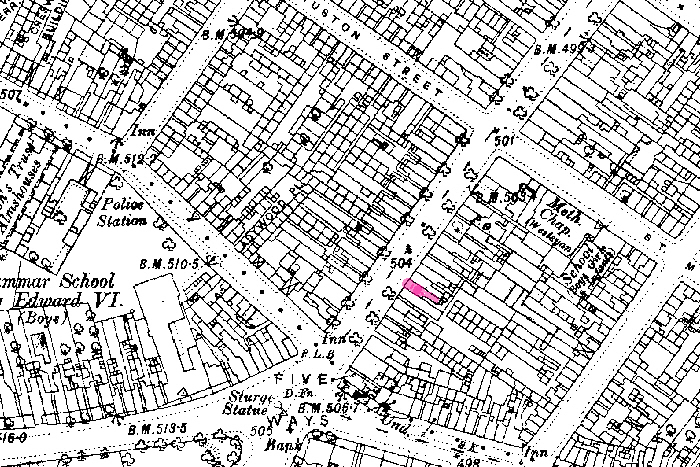Thylacine
master brummie
"1828 Steam Coach: A steam coach was constructed by James and George Naysmith, sons of the artist. It ran between Leith and Queensferry at between 4 and 7 miles per hour."
Lloyd, it seems that the designer and builder of this coach was Scottish engineer James Hall Nasmyth (19 August 1808 - 7 May 1890; the surname has many spellings!). In his own words (via the Electric Scotland website):
"About the years 1827 and 1828, the subject of steam-carriages for common roads occupied much of the attention of the public. Many tried to solve the problem. I made a working model of an engine which performed so well that some friends determined to give me the means of making one on a larger scale. This I did; and I shall never forget the pleasure and the downright hard work I had in producing, in the autumn of 1828, at an outlay of £60, a complete steam-carriage, that ran many a mile with eight persons on it. After keeping it in action two months, to the satisfaction of all who were interested in it, my friends allowed me to dispose of it, and I sold it a great bargain, after which the engine was used in driving a small factory. I may mention that in that engine I employed the waste steam to cause an increased draught by its discharge up the chimney. This important use of the waste steam had been introduced by George Stephenson some years before, though entirely unknown to me."
[I can't find anything about brother George.]

